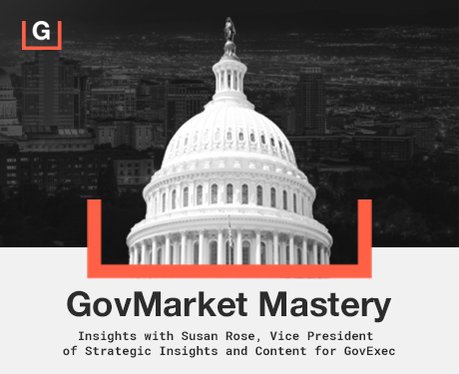Selling to the Federal government is an admirable business. The government’s unique programs, along with their eye-popping price tags, attract vendors with a sense of patriotism sprinkled with good old-fashioned capitalist greed. As a result, the government’s lucrative programs typically attract the best of the industry, which is a good thing. But the process of engaging with the government is an arduous and circuitous route.
From the initial stages of the government's complex procurement process, through the delivery of the services, Federal Systems Integrators (FSIs) play a key role every step along the way.
From Before the Contract Award, To Delivery
The types of contracts the Federal government uses vary widely–from open purchase orders in which the “winners” may realize no revenue, to highly scripted contracts holding the vendors to tightly defined Key Performance Indicators (KPIs). Although the types of contracts vary, typically vendors are assembled on a team which is led by the Prime contractor, often an FSI. And thankfully so. Without a team leader who understands the Federal Acquisition Regulation (FAR), and who can coordinate the offerings of the team players (the sub-contractors), inefficiencies and cost over-runs would result.
Following the award, along with the ensuing protests from the losing competitors, the Prime contractor is held responsible for delivering the services. This is no small task, especially as the requirements sometimes evolve during these lengthy contracts.
To those who characterize FSIs as “beltway bandits” whose contribution is only to the costs of a program, I recommend reading the Nextgov article about the disastrous launch of Healthcare.gov. The article is based on the Inspector General report written in 2015, three years following the launch. In it, the IG places the blame for the disastrous launch on CMS’ decision to be the integrator themselves.
FSIs as Gatekeepers
After the contract is awarded, the FSI can be territorial. And understandably so. Afterall, as the leader of the team, they “own” the results. And just as important, they own the relationship with the government customer.
If a new vendor wants to join the team to sell their product or services off of a previously awarded contract, they will have to go through the Prime to get to the government.
GovExec’s Government Business Council said it best:
- SIs now increasingly serve as agency-vendor liaisons, overseeing the acquisition process from beginning to end.”
- While SIs were previously responsible for monitoring a [government] organization’s assets, they now manage not only the acquisition process, but the end-user’s relationships with IT vendors.”
For Lead-Gen and ABM: Think Ecosystem
Lead generation and Account Based Marketing (ABM) are two prominent driving forces in marketing throughout every market segment including the public sector. Yet, the uniqueness of the government market demands that marketers need to expand their definition of a quality lead, as well as how to view an “account.”
In defining a lead, government marketers too often only consider a lead to be someone from the agency targeted by their Federal team. This is understandable. In doing so, however, the marketers are ignoring the powerful gatekeepers: the Prime contractor or team leader. The first hurdle to jump over for a company eager to sell into a government agency’s program is to convince the Prime contractor to add them to the program. Therefore, an executive from that Prime who is involved with that program must also be considered a quality lead. The marketer needs to do some homework to identify who is the Prime contractor involved with the targeted program and who are their key executives. Thankfully, GovTribe is ready to help with this homework.
The same is true when plotting an ABM strategy. The marketer should think beyond the walls of the government agency as the sole targeted audience. They must expand their definition to include the Prime on the contract vehicle used for the program. Marketers must consider the entire ecosystem of that targeted program in both defining a lead and what constitutes an account.
Final Word
Familiarity brings comfort in any business relationship. A company is more likely to partner with another company if they appreciate what the other company is all about. So, in addition to marketing north to the government, companies must implement a lateral communications strategy to other desirable vendor partners. Communication is a two-way street. Original equipment manufacturers (OEMs) want to raise their visibility with Primes, and the leading Primes want to attract the best of breed of OEMs to their team.
All vendors are anxious to ring the cash register as quickly as possible. Yet, especially for OEMs, calling on the government is a long-term play. (The recent pandemic was a notable exception when Federal Agencies placed orders at a rapid pace to meet the crisis at hand.) Typically, the most expedient way for an OEM to realize revenue is to call on the appropriate Primes that “own” the contract vehicles. The Primes have the relationship with the government customer and hold the contract vehicle through which the procurement will flow. Sell the gatekeeper, and you’ve gone a long way to selling the government.
Find out how GovExec can help you identify and market to FSIs to win more in the public sector. Contact Solutions@GovExec.com.

